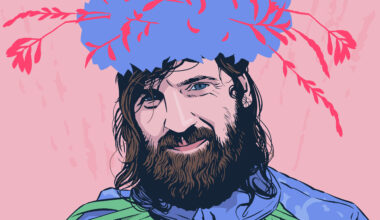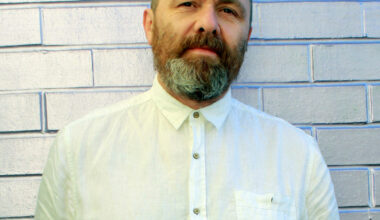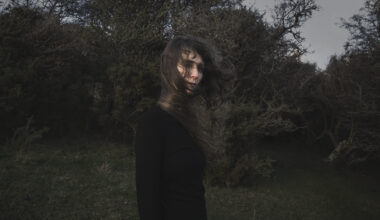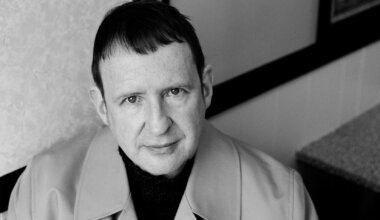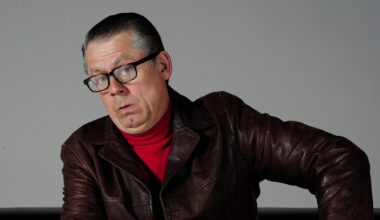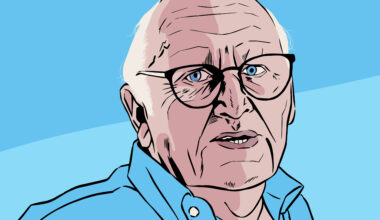Cabaret Voltaire custodian and sonic lone ranger in his own right, Richard H Kirk guides us through a handful of his formative influences
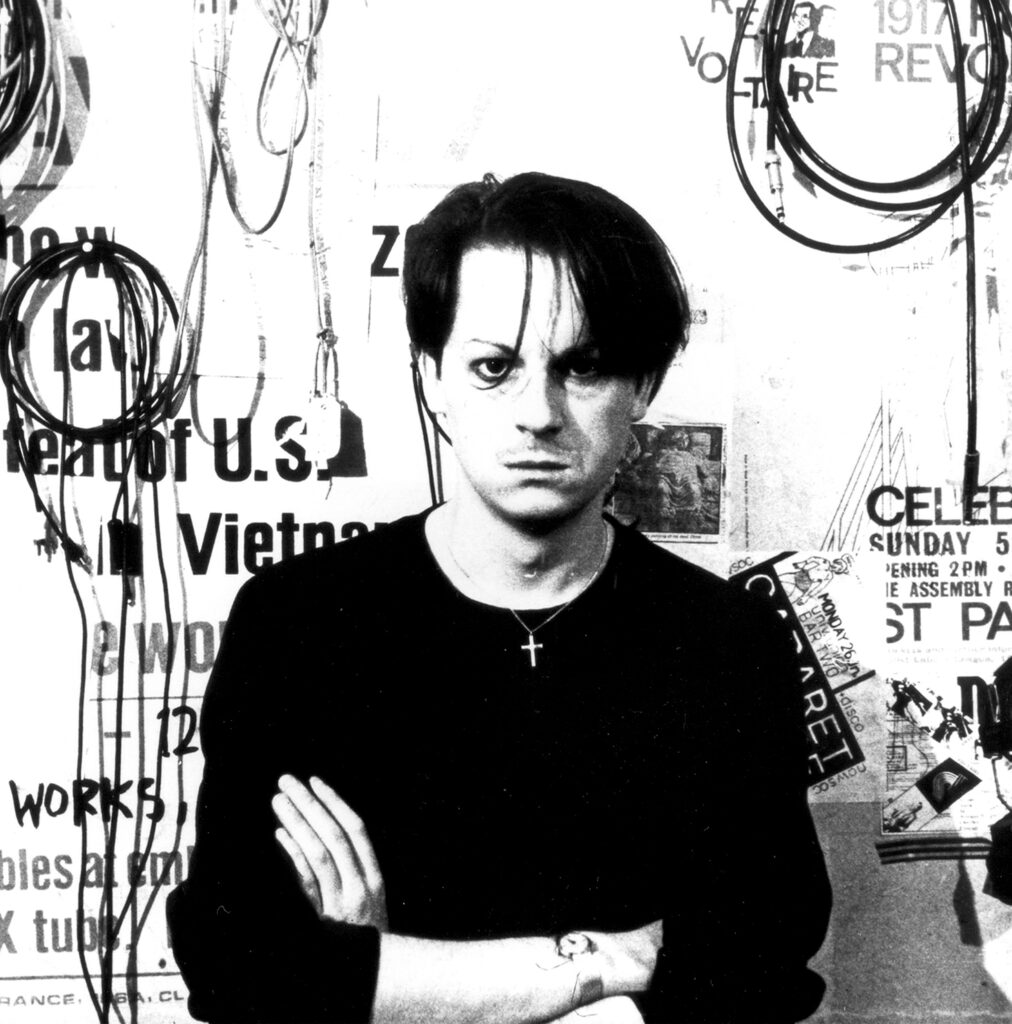
A CLOCKWORK ORANGE AND SURREALIST CINEMA
“I first saw ‘A Clockwork Orange’ when it came out in 1972. It was fantastic visually and just as powerful musically, such a vivid amalgam of future dystopias. When I saw it I was 15 and was knocking around with a gang of older lads. Many kids were in gangs and there’d be fights of course, but to see violence ritualised in that way and set to this classical electronic score was so potent.
“Watching Luis Buñuel’s ‘Un Chien Andalou’, with the slicing open of the eyeball and all manner of other weird stuff going on, had a huge impact. I’ve always identified with the way the surrealists looked at things, with the world not being quite as it seems, which ties into experimentation with psychedelics. Once you’ve visited that place, you never see the world in the same way.”
TELEVISION
“In terms of stealing clips of news footage or B-movies, television has always been a rich source of material. Before the advent of video I used to film television on Standard 8 or Super 8 film to use in Cabaret Voltaire’s live projections. All of that material was sourced from TV. I was always interested in the juxtapositions made by splicing together footage from different programmes, maybe news coverage from the Middle East with something like ‘Doctor Who’… everything about that show was just downright weird and subversive, from the sound effects to the processed voices. Although it was supposed to be made for kids, I’m sure the people making it must’ve been dropping acid, it was very psychedelic.”
BEAT LITERATURE
“My interest in literature started with Kerouac. Like many young people, that romantic notion of getting wasted, travelling round and ‘living the life of a bum’, as Kerouac put it, really appealed to me. In 1973 I got an InterRail ticket with no real plan other than to take off for Europe and see where I ended up. In fact that’s how I got to know Chris Watson. It was exciting. During the whole time, we never stayed in a hotel. We either slept on a beach, a train station or on a night train to some new destination.
“I discovered William Burroughs’ ‘Naked Lunch’ and never looked back. It was quite filthy and pornographic, with so much sharp satire of government and control systems. I’d never read anything like it. Burroughs was spot on about so many things. It was said that when he was giving lectures in the 70s the only people who understood what he was talking about were working for the CIA. After we started making our own sound collages with Cabaret Voltaire I discovered he’d been making similar experiments cutting up tape years earlier with Brion Gysin.”
THE DADAISTS, CUT-UP TECHNIQUE AND MAIL ART
“I can’t not mention the Dadaists, as that’s where we stole the Cabaret Voltaire name from, which we described as ‘an act of Dada’ in itself.
“Cut-up was such an effective creative tool, going right back to Tristan Tzara’s automatic poetry. So much interesting language and ideas emanate from the technique. I used to do collages of text, Xerox and cut-ups and got into the whole mail art thing for a period in the mid-70s. There was a huge network of people sending each other all sorts of strange things in the post, like testing the postal service to see if they can send an egg intact in the mail. I got stuff from people in Italy, LA and San Francisco, which led me to being in touch with the likes of Mark Pauline and the Survival Research Laboratories, who did some amazing mechanized performance art pieces.”
WESTERN WORKS
“The Western Works building, an old industrial space that housed our studio on the top floor, was sadly demolished in 1993. It was the focal point of my life for a substantial period, at one point I was virtually living there. There was a pub round the corner called The Beehive where the likes of The Human League and Clock DVA used to go, so a bit of a scene developed around it.
“The Fall recorded at Western Works, and New Order came down after Ian Curtis died when they all tried out as vocalists, including manager Rob Gretton. I think the rent was a tenner a week and we could just do as we pleased. The building used to be the Sheffield HQ of the Socialist Workers Party, so the walls were covered with leftist posters and we inherited piles of Marxist literature, which I made use of in the cut-ups. The place was pretty run down and got burgled in 1986. Funnily enough, despite the banks of expensive recording equipment we had there, they got nicked trying to steal two video recorders!
“I’ve never really held with the idea of industrial cities like Sheffield making ‘industrial electronic music’. What we were actually trying to do was bring a bit of the New York’s pop art scene to Sheffield, taking a leaf out of Warhol and the Velvets’ book… and of course the other side of Sheffield is that you can be in the wilderness in 10 minutes, out on the Derbyshire moors. It’s a great place to clear your head. And there’s a lot of magic mushrooms growing there too.
